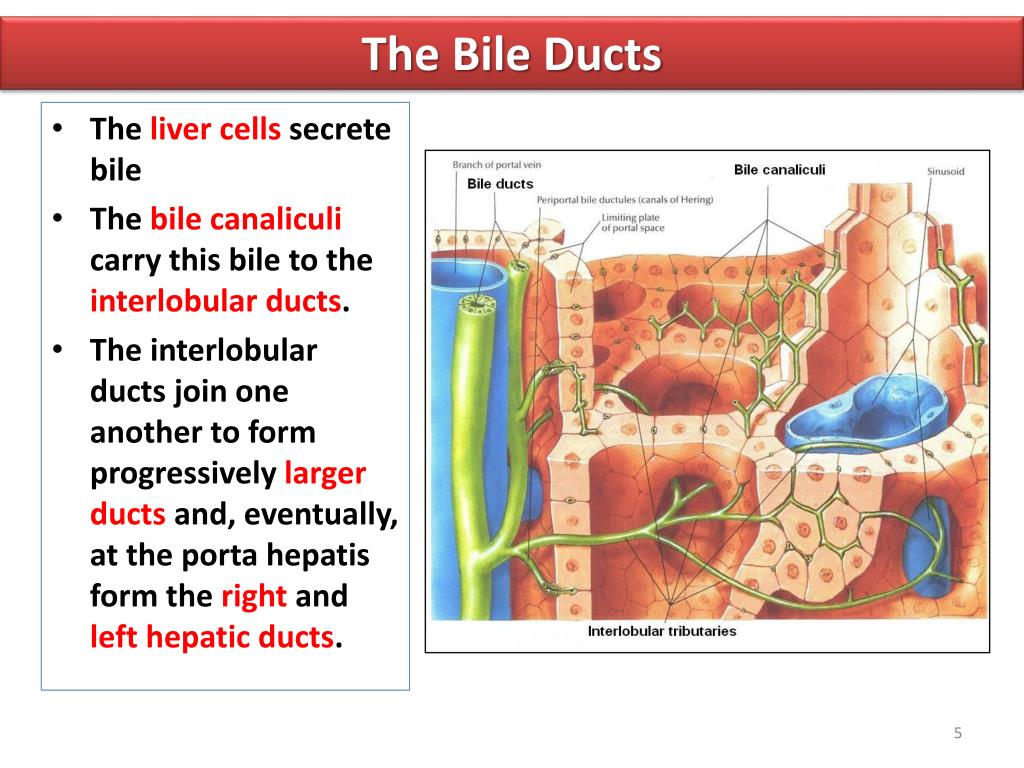Biliary System PowerPoint Presentation free download Biology Diagrams
Biliary System PowerPoint Presentation free download Biology Diagrams Bile duct anatomy? On February 8, 2023 February 8, 2023 By Blog Author. The bile duct is located within the human body, running from the liver to the small intestine. The bile ducts are a system of tubes that transport bile, a greenish-yellow fluid produced by the liver, to the small intestine.

The cystic duct,which communicates with the gallbladder, joins the common hepatic duct to form the common bile duct (or known just as the bile duct). The bile duct, which is between 5 to 15 centimeters long, courses behind the top of the duodenum and pancreas until it runs side by side with the main pancreatic duct. Ampulla of Vater. Eventually

Common bile duct Biology Diagrams
Bile ducts. Your bile ducts collect bile where it's created in your liver and carry it to the other organs in your biliary tract. All branches lead to the common bile duct, the main trunk of the biliary tree, which leads to your duodenum. The common bile duct connects to your liver through the common hepatic duct, to your gallbladder through

The bile duct is a small channel (tube) through which bile from the liver is delivered into the duodenum.. Bile is a digestive product made by the liver. It acts to emulsify fats, breaking large fat globules into smaller ones. Bile leaves the liver via biliary ducts continuously and is stored in the gall bladder until needed. The biliary ducts combine to form the left and right hepatic ducts

Bile duct: anatomy, pathway and function Biology Diagrams
The common hepatic duct then joins with the cystic duct from the gallbladder to form the common bile duct. This runs from the liver to the duodenum (the first section of the small intestine). However, not all bile runs directly into the duodenum. About 50% of the bile produced by the liver is first stored in the gallbladder. Bile, a digestive fluid produced and secreted by the liver, is transported by a series of branching bile ducts known collectively as the biliary tree. At the cellular level, several narrow tubular channels called canaliculi collect the bile generated by each hepatocyte. These canaliculi drain into an intralobular bile duct which collects all the bile from each lobule, the functional unit of The bile duct is some 6-8 cm long, and normally up to 8 mm in diameter. [4]Its proximal supraduodenal part is situated within the free edge of the lesser omentum.Its middle retroduodenal part is oriented inferiorly and right-ward, and is situated posterior to the first part of the duodenum, and anterior to the inferior vena cava.
